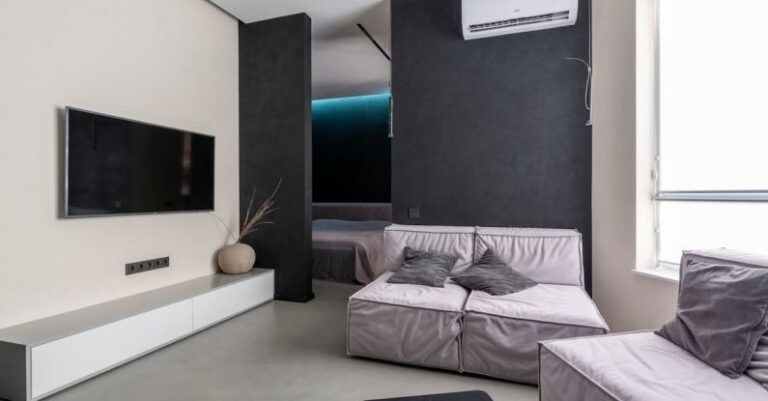
Manufacturers put a lot of effort into ensuring that their products meet quality standards and are safe for consumers. When it comes to testing AC noise levels, manufacturers have specific procedures in place to measure and evaluate the level of noise generated by their products. In this article, we will delve into the methods and technologies used by manufacturers to test AC noise levels effectively.
**Understanding AC Noise Levels**
AC noise, also known as electrical noise or electromagnetic interference (EMI), is unwanted electrical signals that can disrupt the normal functioning of electronic devices. In the context of appliances and electronic equipment, AC noise can affect performance, cause malfunctions, or even damage the product over time. Manufacturers need to assess and control the level of AC noise produced by their devices to ensure they comply with industry standards and regulations.
**Testing Environment**
One crucial aspect of testing AC noise levels is creating a controlled testing environment. Manufacturers typically have specialized testing facilities or laboratories equipped with the necessary tools and equipment to conduct these tests accurately. These testing environments are designed to minimize external interference and ensure that the measurements taken are precise and reliable.
**Equipment for AC Noise Testing**
Manufacturers use a variety of equipment to test AC noise levels effectively. One essential tool is the spectrum analyzer, which is used to measure the frequency spectrum of the electrical signals produced by the device under test. The spectrum analyzer can identify the presence of unwanted noise signals and help engineers analyze and address any issues that may arise.
**Conducted Emissions Testing**
Conducted emissions testing is a common method used to assess AC noise levels in electronic devices. During this test, the device is connected to specialized equipment that measures the amount of noise conducted through the power supply lines. By analyzing the conducted emissions, manufacturers can determine the level of interference generated by the device and take corrective measures if needed.
**Radiated Emissions Testing**
Radiated emissions testing is another important method used to evaluate AC noise levels. In this test, the device is placed in an electromagnetic compatibility (EMC) test chamber, where its emissions are measured in an open environment. By conducting radiated emissions testing, manufacturers can assess the electromagnetic fields generated by the device and ensure that they comply with regulatory limits.
**Compliance Testing**
Compliance testing is a critical step in the process of testing AC noise levels. Manufacturers need to ensure that their products meet the relevant industry standards and regulations regarding electromagnetic compatibility. By conducting compliance testing, manufacturers can demonstrate that their products are safe to use and do not pose any risks to users or other electronic devices.
**Ongoing Monitoring and Optimization**
Testing AC noise levels is not a one-time activity for manufacturers. It is an ongoing process that requires continuous monitoring and optimization. Manufacturers need to regularly test their products to ensure that they maintain compliance with noise level standards and address any issues that may arise during the product lifecycle.
**Conclusion: Continuous Improvement in AC Noise Testing**
In conclusion, manufacturers employ a variety of methods and technologies to test AC noise levels effectively in their products. By using specialized equipment, conducting emissions testing, radiated emissions testing, and compliance testing, manufacturers can ensure that their products meet quality standards and regulatory requirements. Continuous monitoring and optimization of AC noise levels are essential to maintaining product quality and ensuring a safe and reliable user experience. Manufacturers’ commitment to testing AC noise levels demonstrates their dedication to providing high-quality products to consumers.





